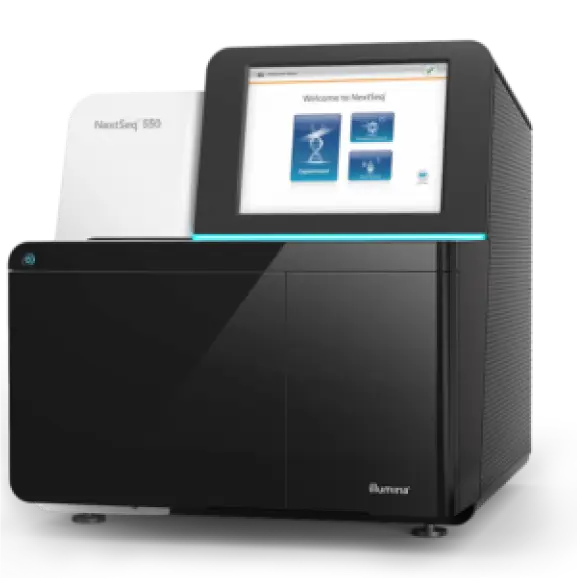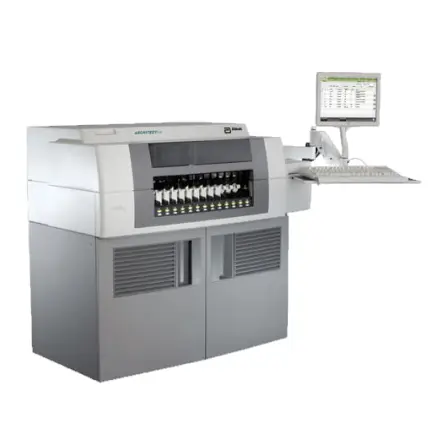- About us
- Our solutions
- Biomedical Science
- Physicochemical Analysis
- Food and Feed Analysis
- Environmental Analysis
- Research and Development in Microbiology, Biotechnology, and Pharmaceuticals
- Spray Drying & Encapsulation Solutions – Spray drying and microencapsulation for active ingredient protection
- Freeze Drying Solutions – Freeze drying samples for pharmaceutical and biotechnology research
- Melting Point Solutions – Melting point determination and purity assessment of pharmaceuticals and chemicals
- Distillation & Evaporation Solutions – Rotary evaporation and extraction of organic compounds
- Flash Chromatography Solutions – Rapid separation of compounds in herbal medicine
- Preparative Chromatography Solutions – Compound purification using preparative chromatography
- Chemical and Mineral Composition Analysis
- Chemical and mineral composition analysis solutions for the cement industry
- Chemical and mineral composition analysis solutions for the mining industry
- Chemical and mineral composition analysis solutions for the ceramics industry
- Chemical and mineral composition analysis solutions for coated steel manufacturing
- Chemical and mineral composition analysis solutions for the oil & gas industry
- Chemical and mineral composition analysis solutions for the battery manufacturing industry
- Material Structure and Morphology Analysis
- Fundamental Laboratory Equipment
- Geospatial Solutions
- Events
- Careers
- Contact us
VN
EN





